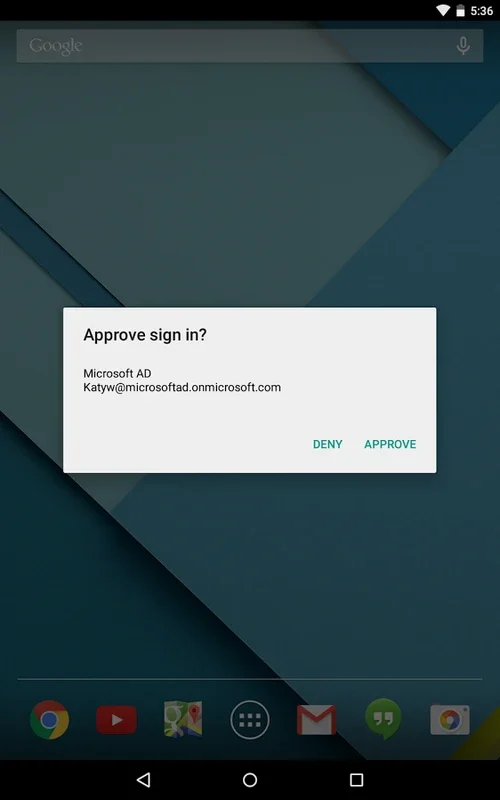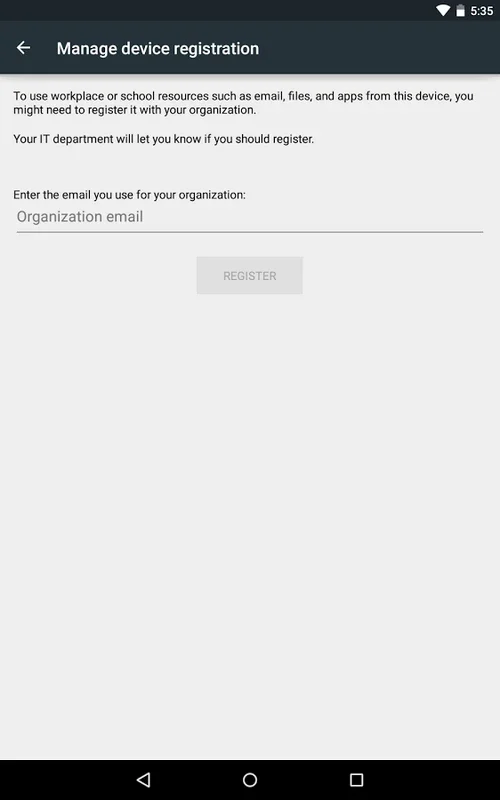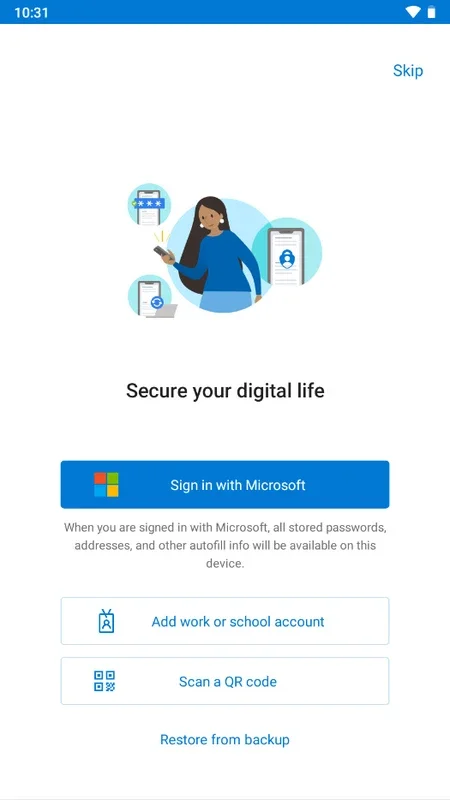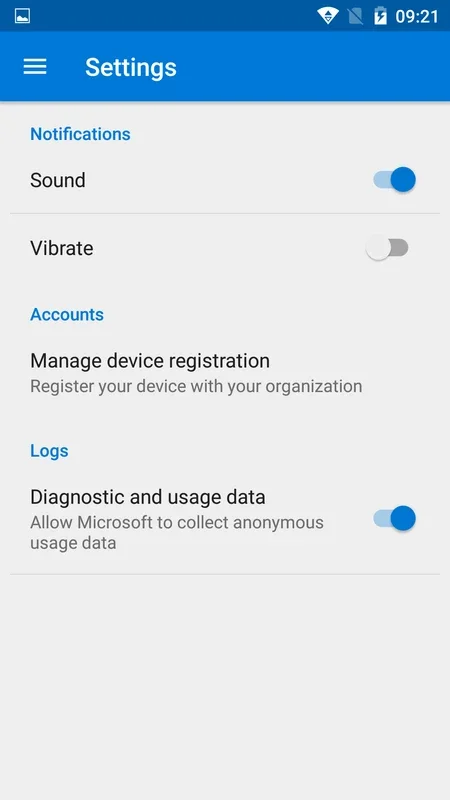Microsoft Authenticator App Introduction
Microsoft Authenticator is a robust and user-friendly two-step verification (2FA) application developed by Microsoft. It enhances the security of your various online accounts by adding an extra layer of protection beyond just passwords. This comprehensive guide will delve into the features, benefits, and usage of Microsoft Authenticator, comparing it to other similar applications and highlighting its strengths.
Understanding Two-Step Verification (2FA)
In today's digital landscape, securing online accounts is paramount. Traditional password-based authentication, while convenient, is vulnerable to breaches and hacking attempts. 2FA, also known as two-factor authentication or multi-factor authentication (MFA), mitigates this risk by requiring two forms of verification to access an account. This typically involves a password (something you know) and a second factor, such as a code generated by an authenticator app (something you have).
Microsoft Authenticator acts as that second factor, generating time-sensitive codes that you use in conjunction with your password to log in. This significantly reduces the chances of unauthorized access, even if your password is compromised.
Key Features of Microsoft Authenticator
- Seamless Integration: Microsoft Authenticator integrates smoothly with various Microsoft services, including Outlook, OneDrive, and Xbox, as well as numerous third-party applications and websites that support 2FA.
- Code Generation: The app generates unique, time-limited verification codes, ensuring that each code is valid only for a short period, typically 30 seconds. This prevents reuse and enhances security.
- Offline Functionality: Even without an internet connection, Microsoft Authenticator can generate codes, ensuring uninterrupted access to your accounts, even in areas with limited or no network connectivity.
- Account Management: You can easily manage multiple accounts within the app, switching between personal and work accounts with a simple tap. This simplifies the process of securing various aspects of your digital life.
- Notification-Based Sign-in: In addition to codes, Microsoft Authenticator offers a notification-based sign-in method. When you attempt to log in to a supported service, you'll receive a push notification on your device. A simple tap on the notification confirms your identity, eliminating the need to manually enter codes.
- Passwordless Sign-in: For supported services, Microsoft Authenticator enables passwordless sign-in, enhancing security and simplifying the login process. This eliminates the risk of password breaches altogether.
- Security: Microsoft Authenticator employs robust security protocols to protect your accounts and the codes it generates. The app is regularly updated to address any potential vulnerabilities.
Comparison with Google Authenticator
Both Microsoft Authenticator and Google Authenticator are popular 2FA applications. While both offer similar core functionalities, there are subtle differences:
- Integration: Microsoft Authenticator excels in integration with Microsoft services, while Google Authenticator is widely compatible with various Google services and other third-party applications.
- User Interface: Both apps have intuitive interfaces, but the specific design and layout may differ slightly, depending on personal preferences.
- Platform Support: Both are available on Android and iOS, ensuring broad accessibility.
Ultimately, the choice between these two apps often depends on the specific services you use and your personal preferences.
Setting Up Microsoft Authenticator
Setting up Microsoft Authenticator is straightforward:
- Download and Install: Download the app from your device's app store (Google Play Store for Android or Apple App Store for iOS).
- Add Account: Open the app and follow the instructions to add your Microsoft account. You may need to log in using your Microsoft credentials.
- Add Other Accounts: Add accounts from other services that support 2FA. You'll typically need to scan a QR code provided by the service.
- Start Using: Whenever you log in to a supported service, use the code generated by the app along with your password.
Benefits of Using Microsoft Authenticator
- Enhanced Security: The primary benefit is the significant increase in security for your online accounts. 2FA makes it considerably more difficult for unauthorized individuals to access your accounts, even if they obtain your password.
- Peace of Mind: Knowing that your accounts are protected by an extra layer of security provides peace of mind and reduces the risk of identity theft or data breaches.
- Convenience: While adding an extra step, the process of using Microsoft Authenticator is relatively quick and easy, and the convenience of secure access outweighs the minor inconvenience.
- Improved Password Hygiene: 2FA encourages better password management practices. Since the risk of unauthorized access is reduced, you can use stronger, more complex passwords without worrying about remembering them for every service.
Addressing Potential Concerns
- Device Loss: If you lose your device, you may lose access to your accounts. It's crucial to have backup methods in place, such as recovery codes provided by the services you use.
- App Vulnerabilities: While Microsoft regularly updates the app to address security vulnerabilities, it's essential to keep the app updated to benefit from the latest security patches.
Conclusion
Microsoft Authenticator is a valuable tool for enhancing the security of your digital life. Its ease of use, robust security features, and wide compatibility make it a strong contender among 2FA applications. By implementing 2FA with Microsoft Authenticator, you significantly reduce your vulnerability to online threats and protect your valuable data and accounts. Consider it an essential step in safeguarding your digital presence in today's increasingly interconnected world.




